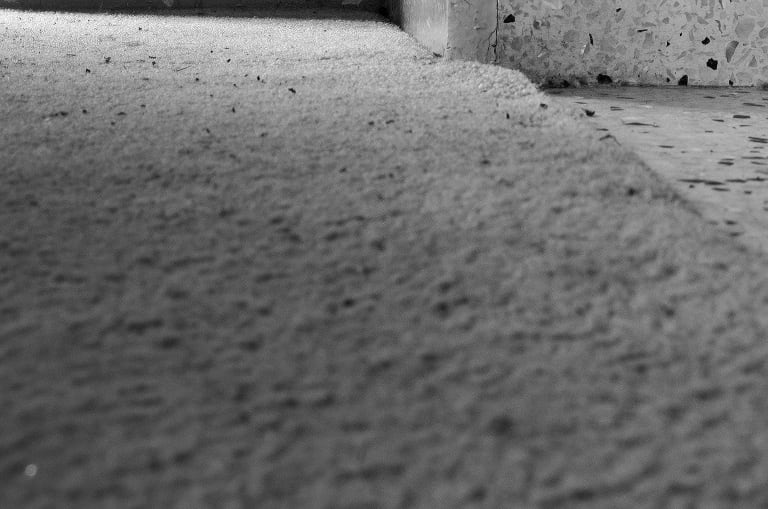
Katherine Riley
Panpsychic Household Solutions
Residential locations throughout Melbourne
Panpsychic Household Solutions is a project by Melbourne artist Katherine Riley, where her services as a ‘house cleaner’ are offered free of charge to willing participants. This offer, initially made in emails to friends, family and acquaintances and later publicised through social media and The Thousands, became so popular that she eventually had to turn away the growing list of potential ‘clients’. This project sees the artist becoming a labourer on her own terms, creating a temporal, process-based artwork between artist and participant which is later archived on the project’s website.^1
This is Riley’s first participatory project, whose practice (which includes drawing, collage and sound installation) is primarily concerned with ontology and perception. Panpsychic Household Solutions was devised as a way for Riley to manage her experience of psychosis (manifested as both aural and visual hallucinations, which grant a sentience to objects that most of us do not see or hear). The process of cleaning is thus a therapeutic way for her to engage with her surroundings. As Riley explains, ‘I don’t clean in order to have a clean house anymore. I clean because the process of cleaning is the process of relation between me and the things that surround me’.2
When cleaning my house, Riley spent her time in the lounge room wiping a small section of wall in the corner of the room, then collecting residual debris from the carpet. As she asked to be left alone during the cleaning, our exchange consisted of me showing her through the house and then relocating to my bedroom. Although she described her actions to me before she left, it was only later on when viewing her post ‘Alanna’s House’ on the project’s website, that I had access to a deeper understanding of what the artist was engaging with during her performance and what her modest gestures might have meant:
When I was cleaning Alanna’s living room, I realised that my involvement in the room and the room’s involvement with me caused the creation of one further person. Room-person-human-person person. Now whenever I am anywhere at all I find myself thinking about what kind of person is created by my actions in that place.3
For those who do not experience such hypersensitivity to their surroundings, the artist’s hidden-from-view performance and gestures risk leaving the participant with the feeling that nothing of importance has taken place. The online documentation thus plays the important role of documenting and presenting the tangible result of her actions. It is here that Riley describes her impressions of the world in a confident and compelling manner.
By engaging with the roles of worker and client, Riley playfully subverts the expectations of commerce to create an imaginative or aesthetic transfer, rather than a monetary one. By attributing to her hallucinations a reality, then offering this experience to the participant or viewer of the website, she does not offer us an effective house cleaning service but rather gives us intimate access to her psychology.
The project is reminiscent of some of Stuart Ringholt’s projects, an artist who also explores the therapeutic potential of an artwork through interaction. Whilst the intimacy of Ringholt’s work can, at times, bring the audience to awkward and revealing places, Riley’s project maintains a polite distance between herself and her audience. Interestingly, this intensely personal work does not become an exercise of catharsis, but rather a record of the relationship between the artist and her surroundings, a relationship that is detailed and which is offered back to the audience in the form of ‘cleaning tips’ on her website.4
It could be argued that Riley’s desire to expand her relationships with objects is disingenuous, perhaps the tentative engagement with humans that results from the cleaning process is also one of the artist’s unstated motivations. Indeed, the work gives Riley an opportunity to share her perspective with others and, in order to fully engage with the project, the audience must contemplate this perspective as a possible reality. In this way, the artist’s engagement with the everyday surroundings of others acts as a catalyst to expand our own comprehension of the spaces within which we live.
Alanna Lorenzon is a Melbourne-based artist and writer.
